The portrait is typical of the type used by Dahl, a Swedish portraitist working in England from 1689, for head-and-shoulder images of women. The sitter is presented against a plain background with strong lighting casting a prominent shadow to one side. The curve of her neck, as well as the elegant turn of her head, are elements often employed by the artist.
According to an inscription on the reverse, the sitter is the daughter or Rev. William Wray (died 1730), Rector of Broadchalk in Wiltshire. It is conceivable that she is Elizabeth Byng (1680-1759), who in 1711, married Reverend William Wray (died 1730); when this portrait was painted Elizabeth was around 18 years of age. Elizabeth was the sister of the painters Robert Byng (1666-1720), and Edward Byng (c.1676-1753). Edward was a leading drapery painter and long-time assistant to Sir Godfrey Kneller (Principal Painter to the King and the most distinguished Baroque portraitist in England). At the time of Kneller's death in 1723 Byng was his chief assistant and lived with him at a house in Great Queen Street. Kneller bequeathed to him all his drawings and unfinished paintings, a number of which Byng and others appear to have afterwards completed, for which he received the outstanding payments. Robert may have also been an assistant to Sir Godfrey Kneller. The British Museum holds a large collection of Byng's sketchbooks and drawings.
The wills of Edward Byng and his sister Elizabeth show that she inherited a life interest in the artist’s estate and that it was then divided between her sons William Wray, Robert Bateman Wray and Charles Wray. The subsequent descent through the family is not certain, but it seems that the drawings now in the British Museum descended from Robert Bateman Wray to his great-granddaughter, Margaret Wray, who gave them to Cecil Wray Byng Wilkins.
If the identity of the sitter is such, this portrait would be a rare and important one indeed.
Presented in a fine carved and gilded antique frame, most likely the original.
Michael Dahl (1659-1743) was born in Stockholm and was a painter of exceptional talent. He studied with David Ehrenstrahl, the leading Swedish portrait painter of his day, before embarking on a tour of Europe in 1682 that included London, Paris and Rome. He first visited London and it is thought that he spent some time in Kneller's studio which was an influence on his work. Dahl’s female portraits are distinctly different with better drawing for the heads and a more elegant and straightforward portrait without the excessive use of props and other distracting elements that is often seen in the work of Sir Godfrey Kneller. In 1698 Dahl he was offered the position of painter to the court of the Swedish King, Charles XII, but preferred to stay and settle permanently in London, where he established an independent studio. By 1700 he became the most successful painter in England, second only to Godfrey Kneller. His Scandinavian origins ensured patronage from Prince George of Denmark, and Queen Anne, and he worked for the Duke of Somerset painting the Petworth 'Beauties' in the late 1690s. He died in London in 1743 leaving two daughters (his only son, also a painter, died about three years earlier).
Measurements: Height 88cm, Width 76cm framed (Height 34.5”, Width 30” framed)


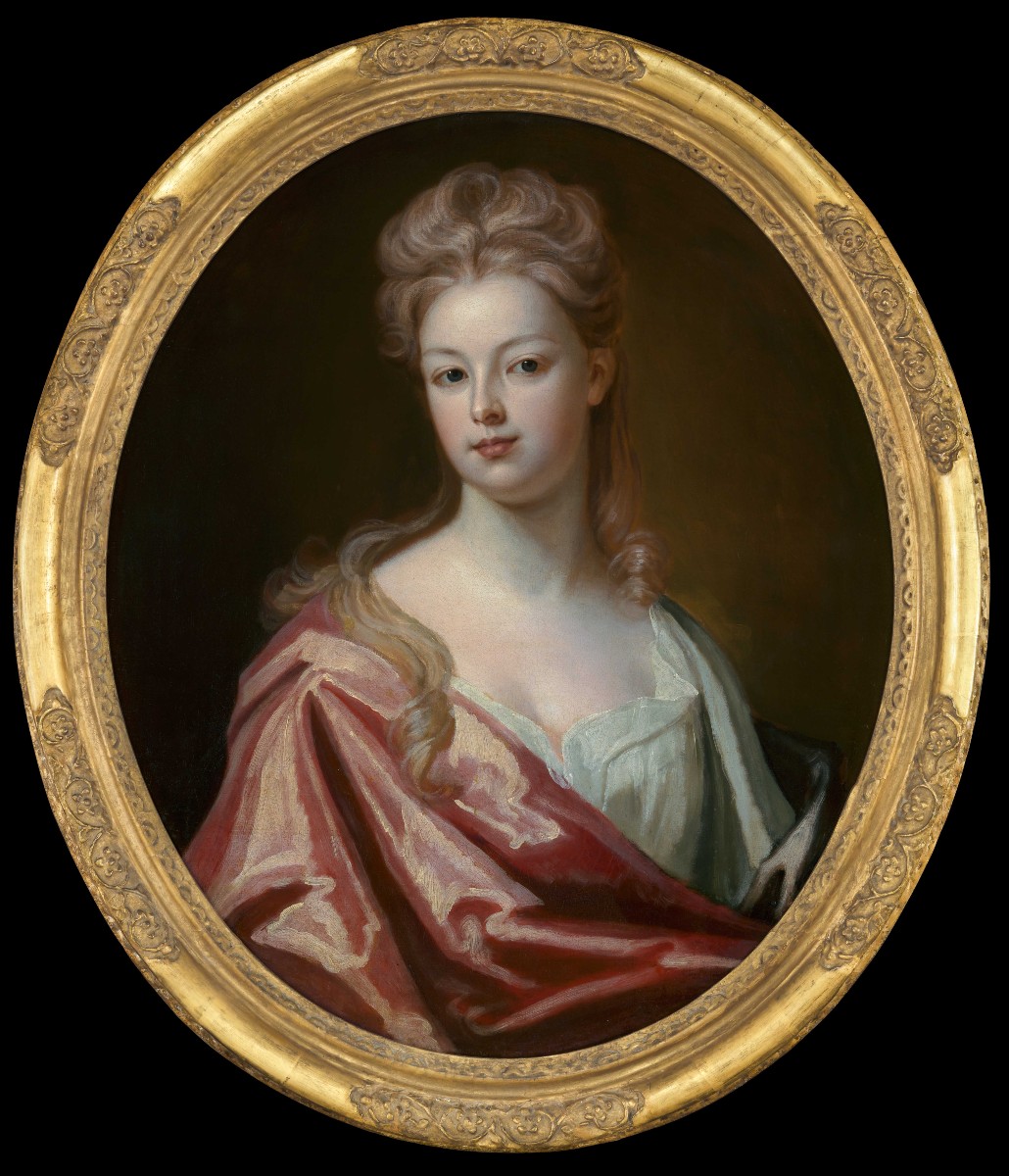
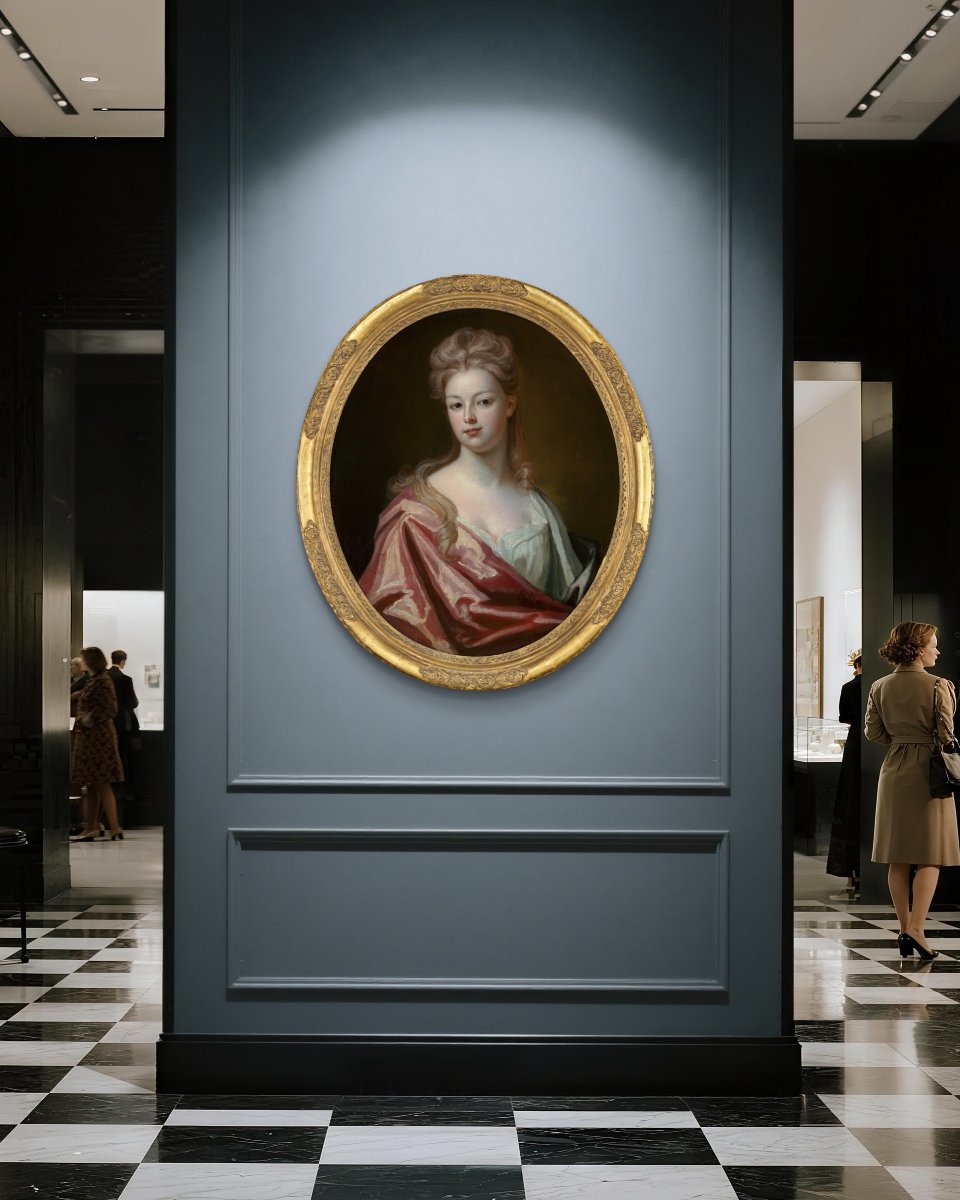
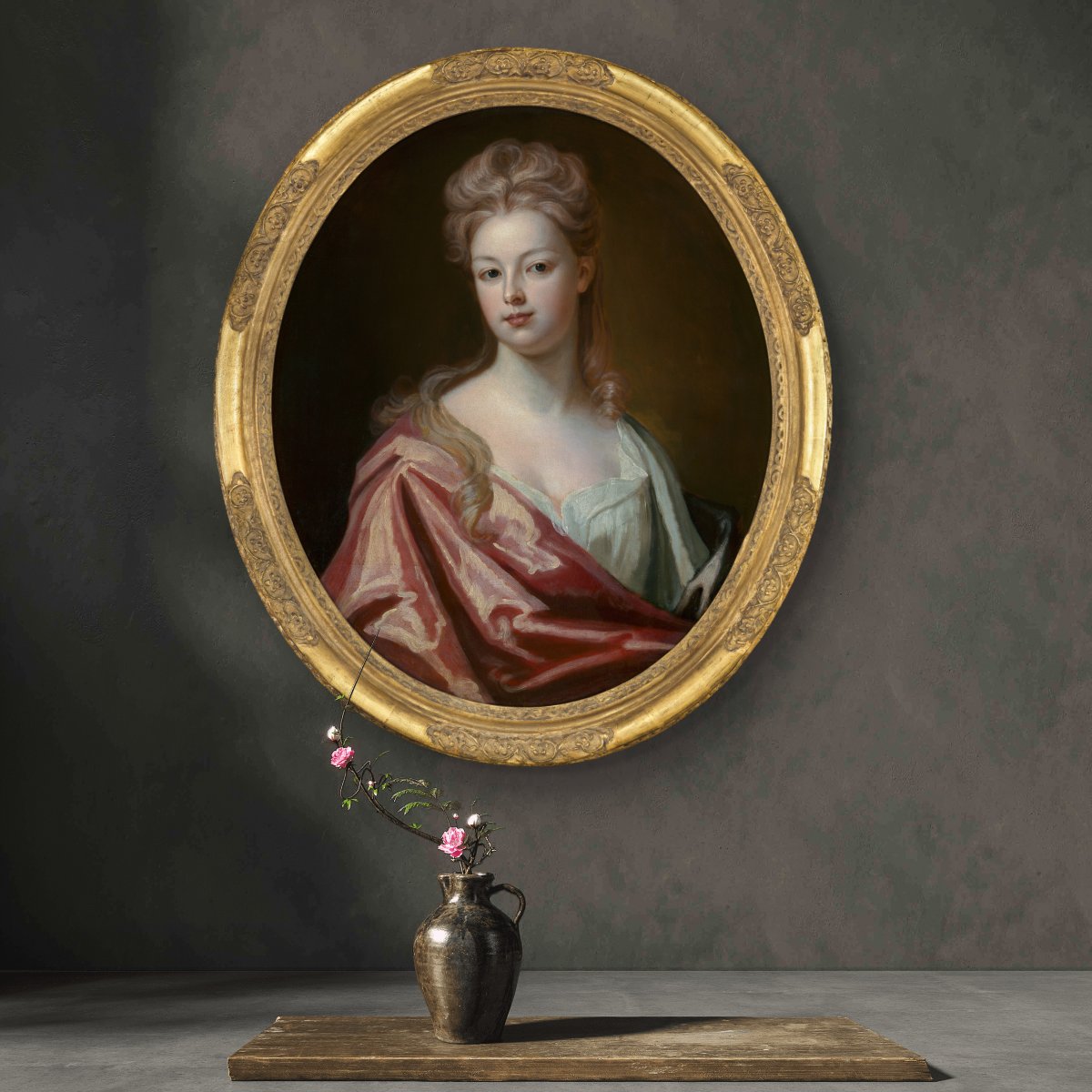
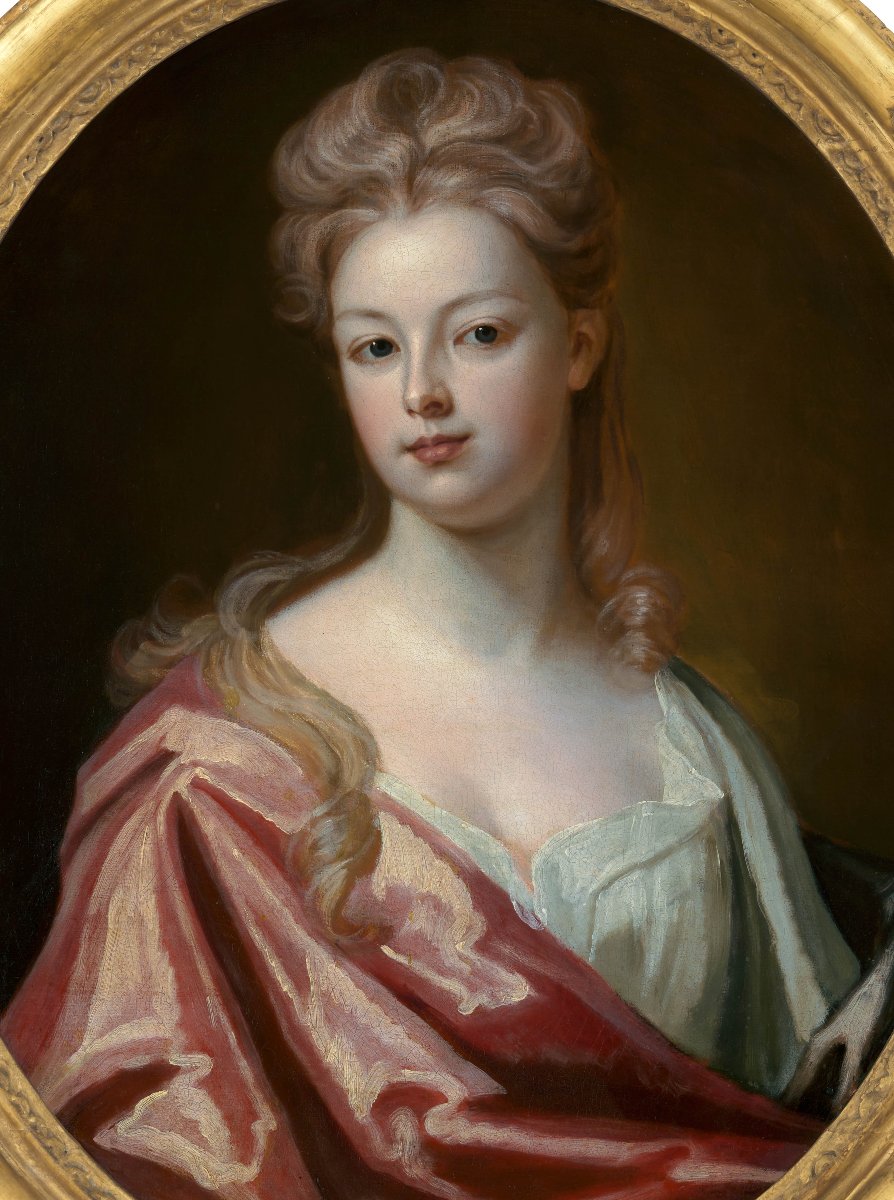
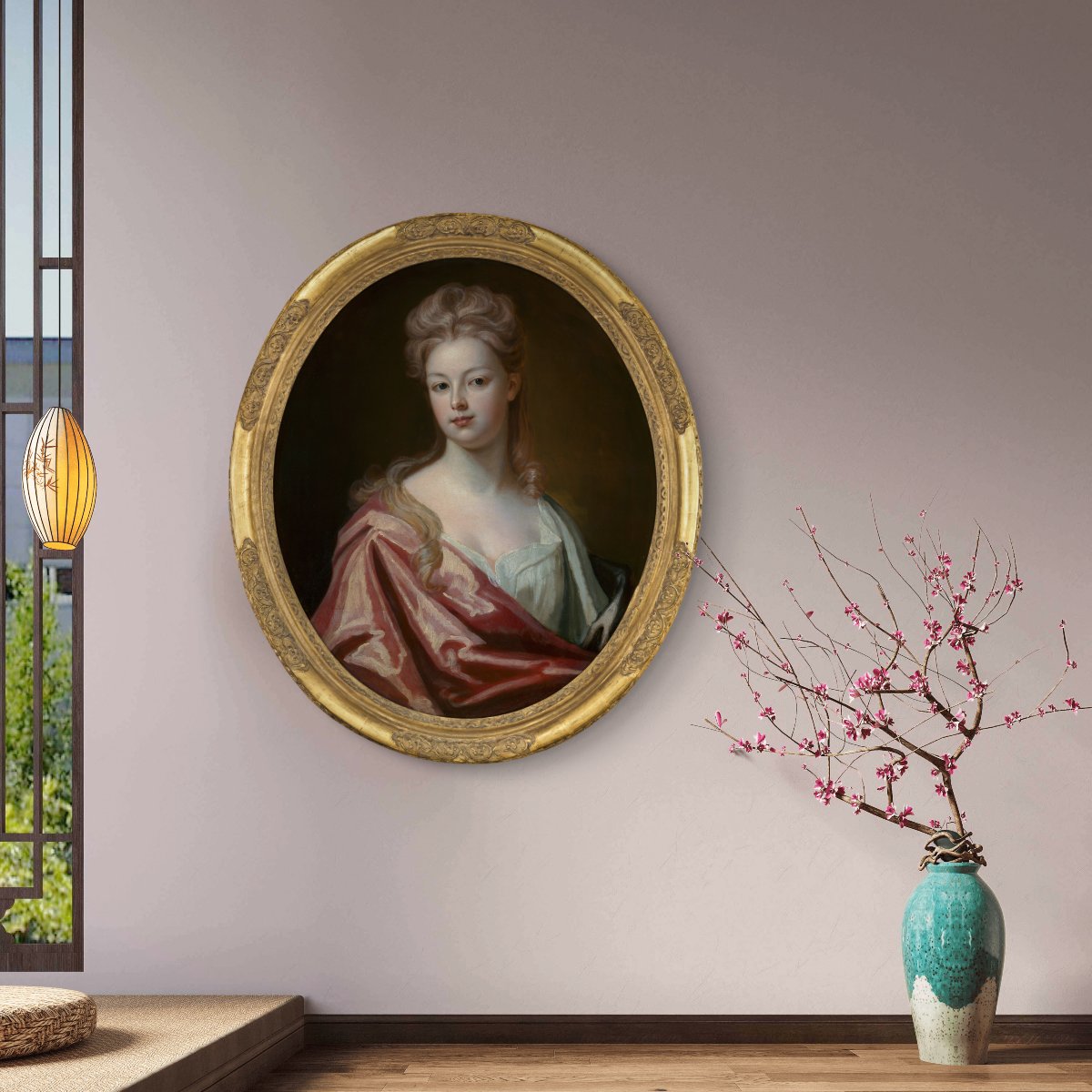
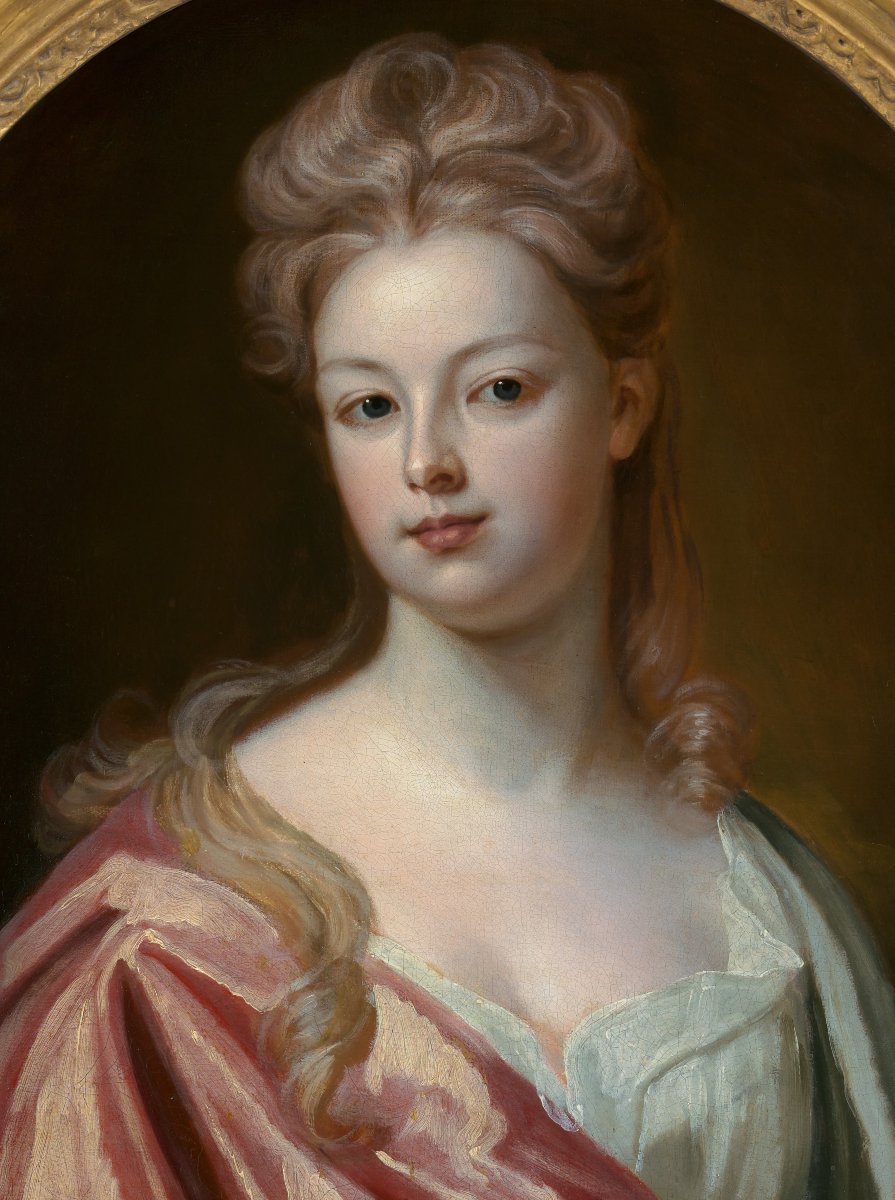
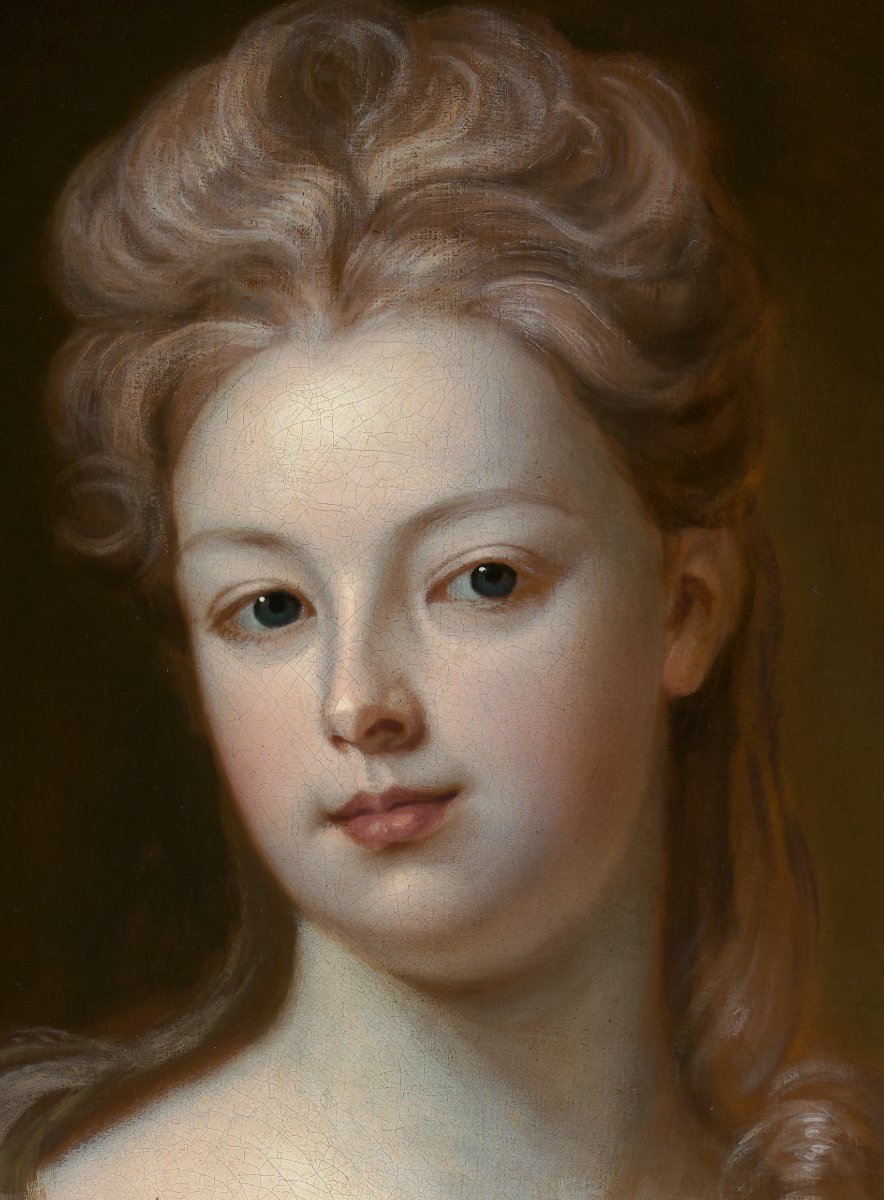
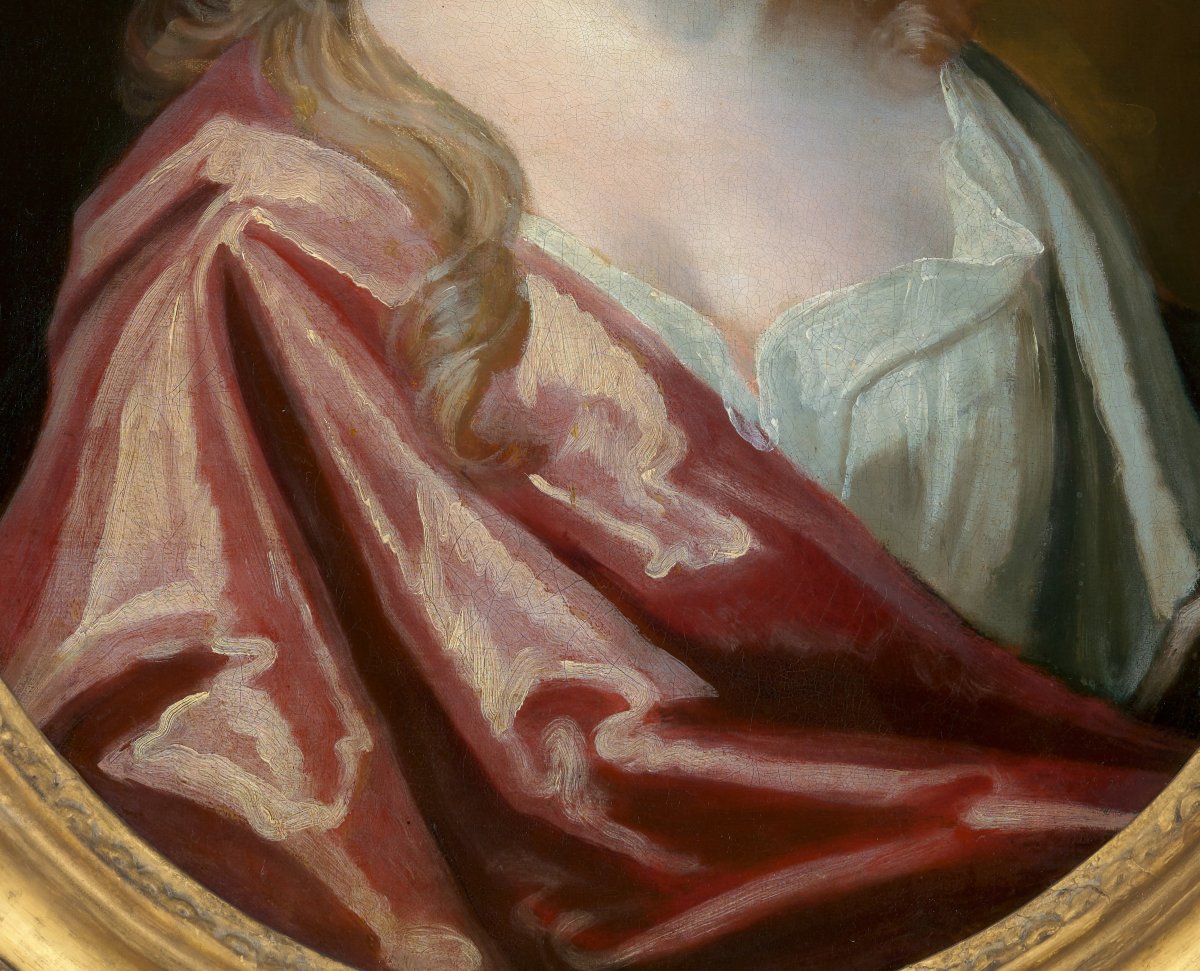
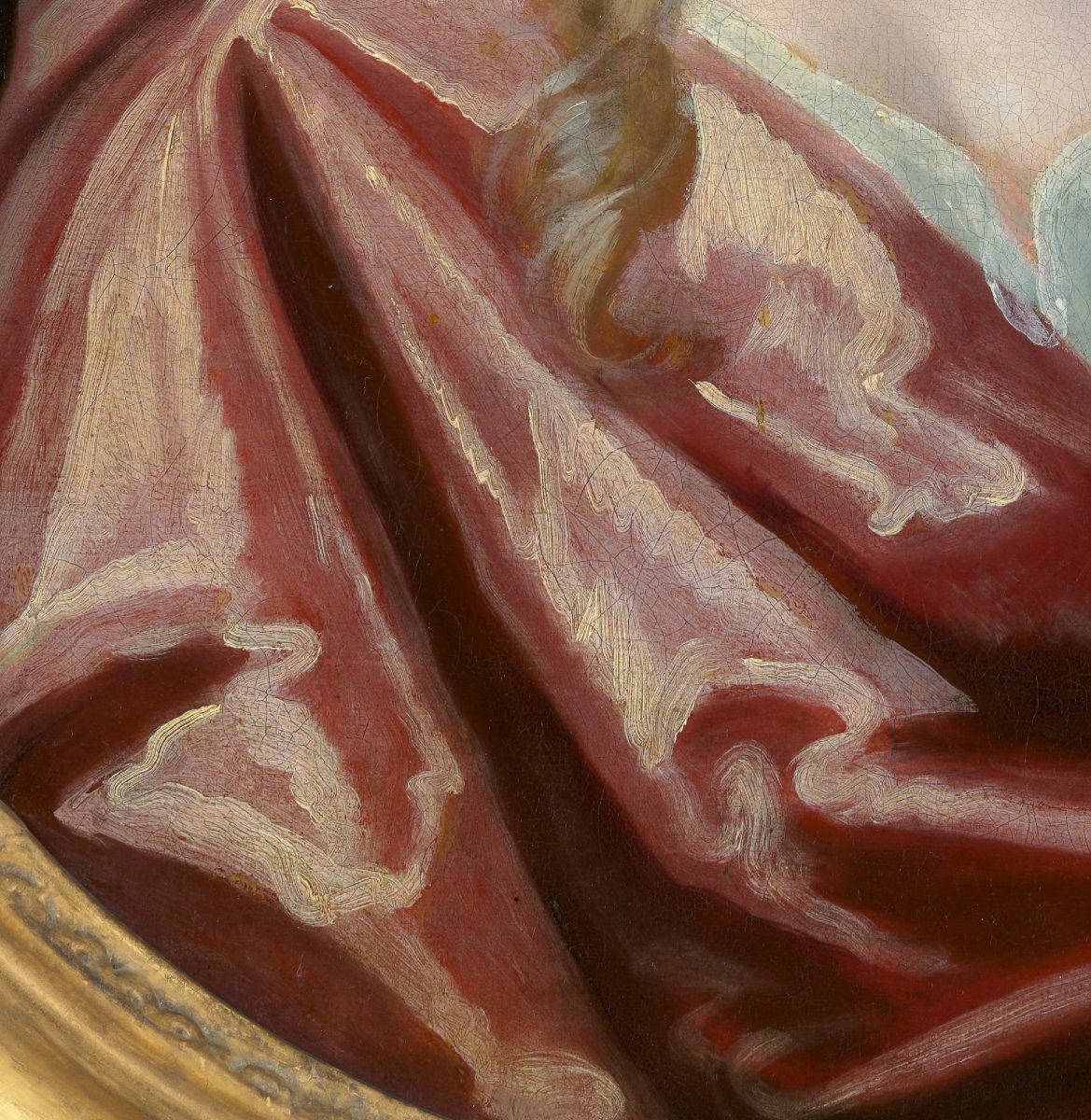














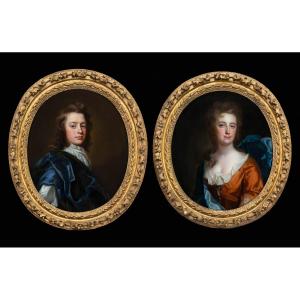
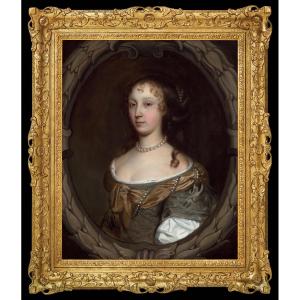
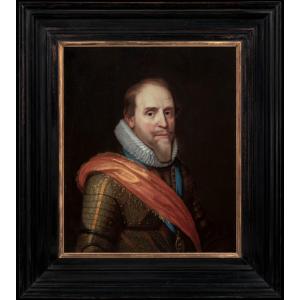

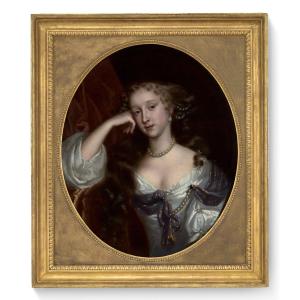
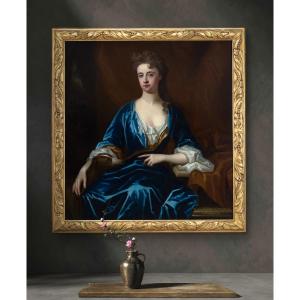
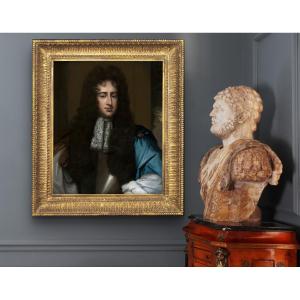
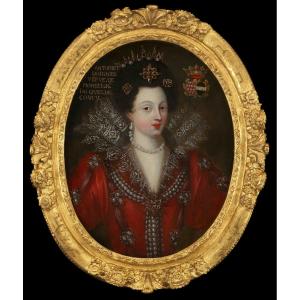
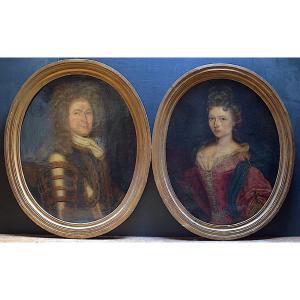
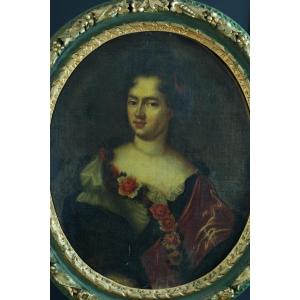

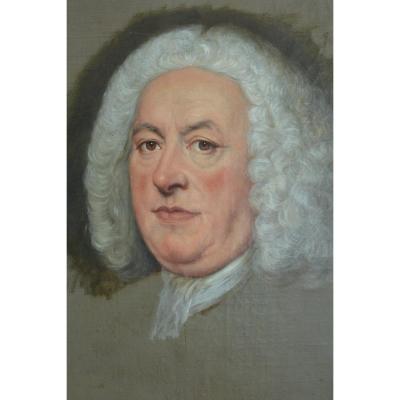
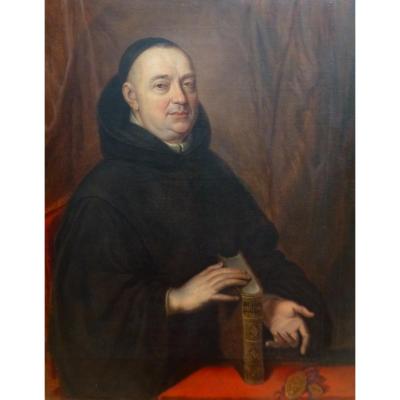



 Le Magazine de PROANTIC
Le Magazine de PROANTIC TRÉSORS Magazine
TRÉSORS Magazine Rivista Artiquariato
Rivista Artiquariato